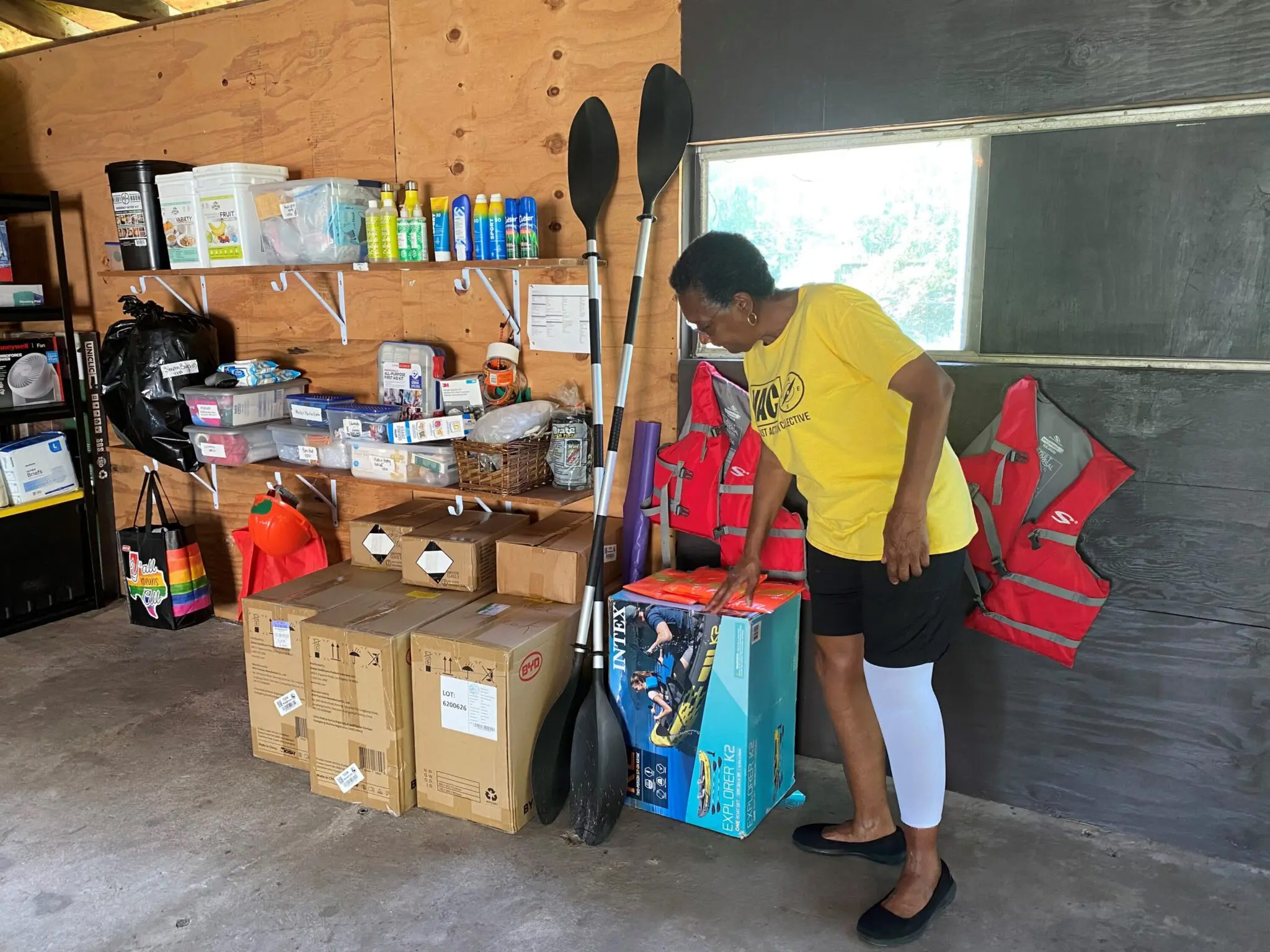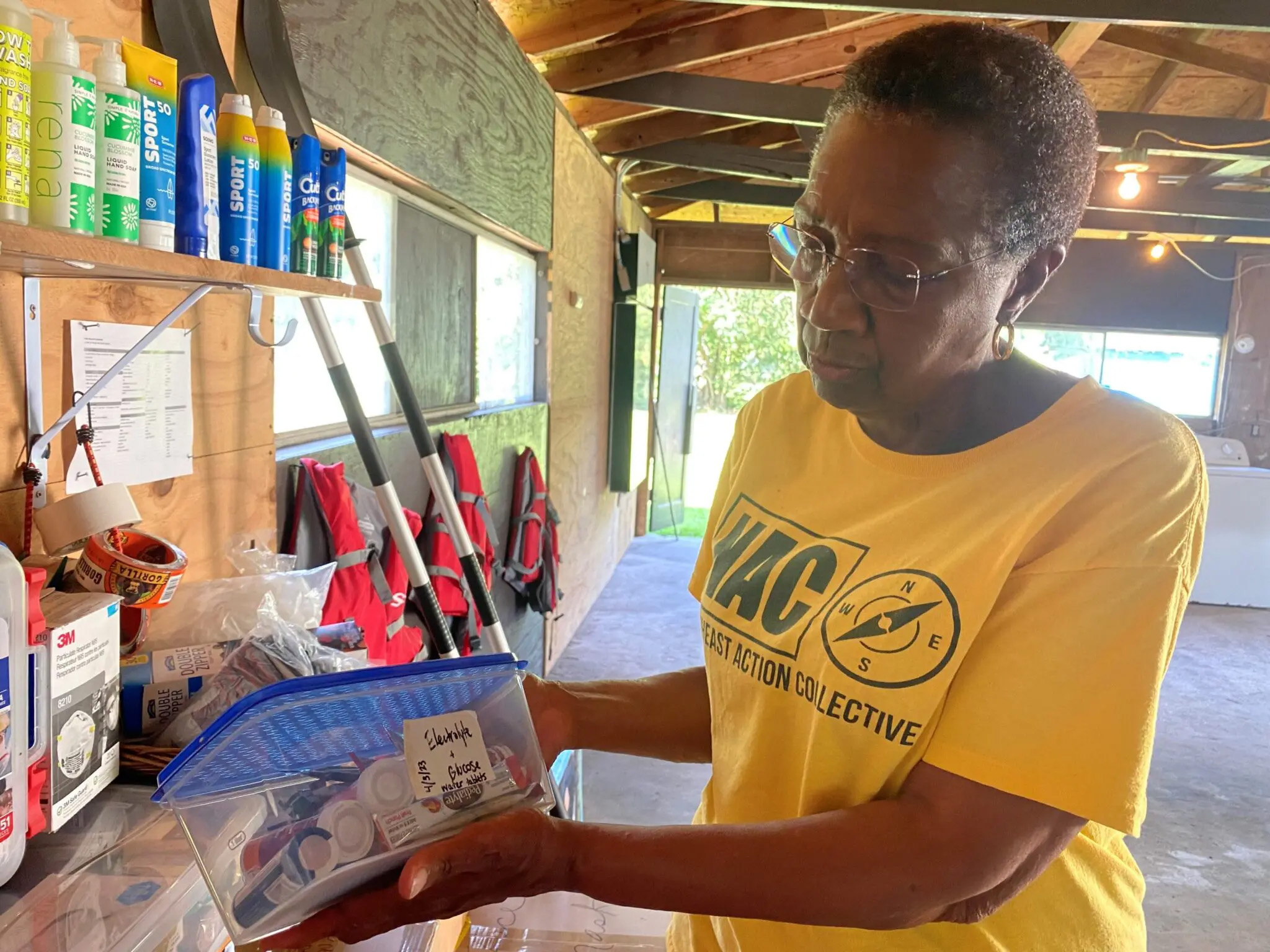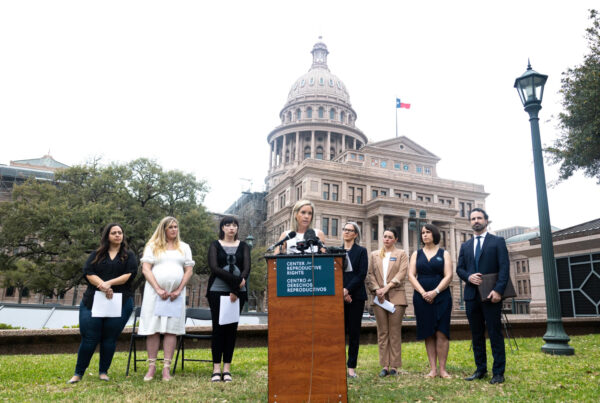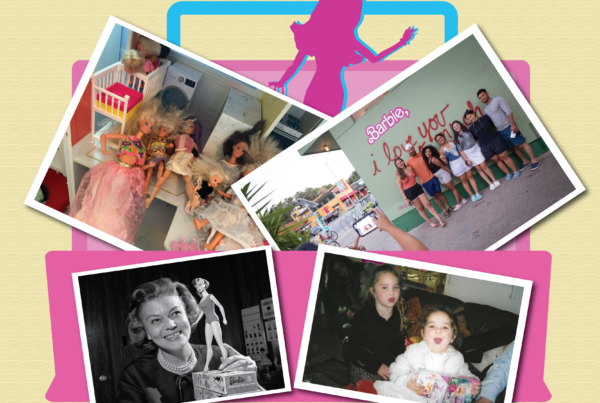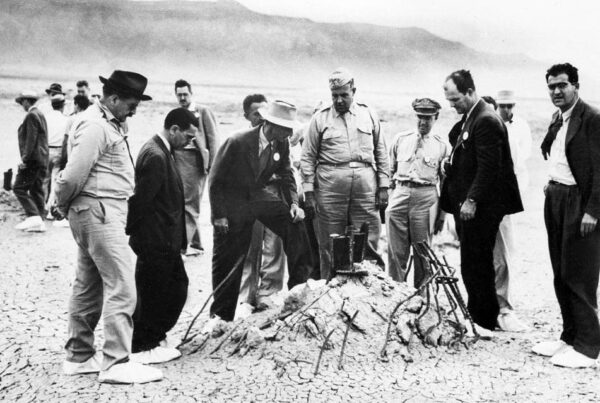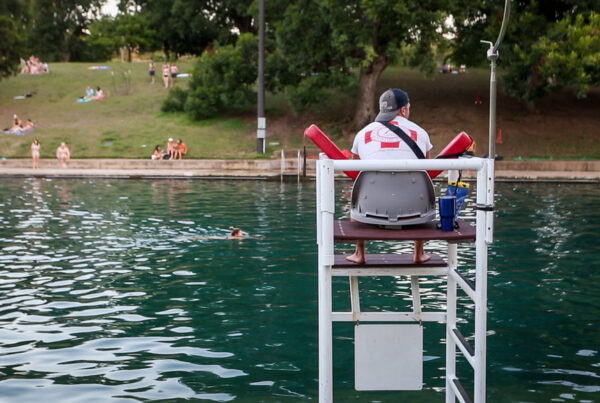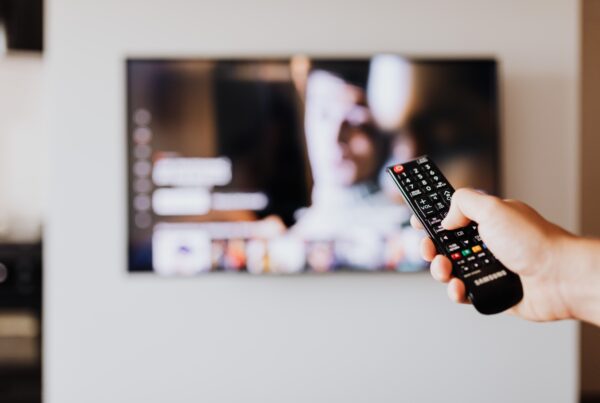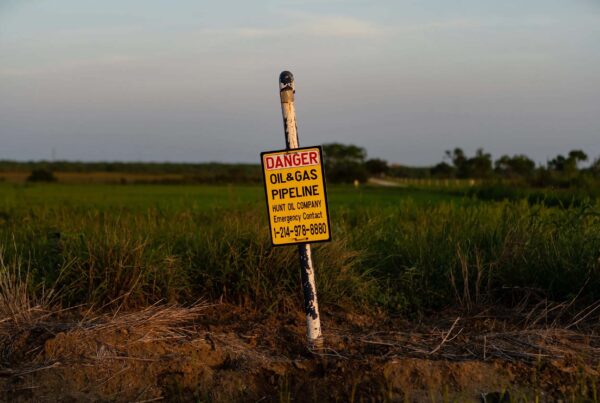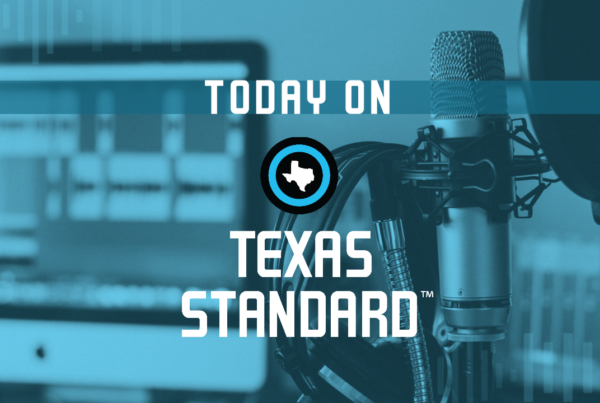From her house in Northeast Houston, Doris Brown has endured so many extreme weather events, she has trouble recalling them all: Hurricanes Ike and Harvey, Tropical Storm Imelda, the Memorial Day Flood, the Tax Day Flood.
“Harvey was the most devastating,” she said. “And Winter Storm Uri – the freeze –that almost killed me because my house is all electric.”
Northeast Houston, where Brown lives, is one of the most flood-prone areas in Houston. Even heavy rains can leave Brown and her neighbors trapped in their homes, waiting for help.
“I couldn’t leave [during Harvey]. I was a prisoner in my own home and that has gotten to be the case on a regular basis now that we have these heavy rains,” she said. “When it rains two or three consecutive days, real heavy all at once, I have a little river flooding down my street.”
Brown didn’t want to feel powerless and stuck waiting for help, so she and her neighbors hatched a plan to turn their own homes into neighborhood refuge centers for extreme weather events. They call them “Hub Houses.”
“It was happening a little bit too often,” Brown said. “So we decided to take care of ourselves and we came up with the Hub Houses.”
As climate change fuels more frequent and more extreme weather disasters, this concept of neighborhood-level resilience hubs is spreading across the country from New Orleans to Los Angeles. They’re being set up by both nonprofits and local governments.
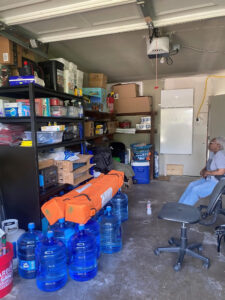
Doris Brown’s home is one of the five Hub Houses. It can operate off-the-grid during power outages and is stocked with a variety of emergency response supplies. Houston Public Media
In Houston, Brown’s home is one of the Hub Houses. Brown works with West Street Recovery, a non-profit that formed after Hurricane Harvey to help with disaster recovery in low-income communities of color in Northeast Houston. They’re rolling out Hub Houses in the five zip codes where they work.
Carolyn Rivera lives in the Settegast neighborhood and turned her home into one of the hub houses.
“I’m what they call a block captain,” she said.
Rivera and her neighbors met to decide what supplies the Hub House should have. They thought of everything from a kayak to rescue people in floodwaters to medical supplies and tools to help with minor home repairs.
Rivera’s garage is lined with rows of wooden shelves, neatly stocked up with disaster supplies. There’s a section for cold weather and for extreme heat. Neighbors can also check out their own generators.
“We have everything they need to be comfortable until they can get back into their routine,” she said. “I’ve lived here many years. And during the disaster, we did not have people to come and help us.”
Each Hub House also has solar panels on its roof and a backup battery so it can operate off the grid during power outages.
Becky Selle with West Street Recovery said the goal is for residents to be able to respond in a hyperlocal way before a situation escalates into an emergency.
“We don’t envision these replacing any things that the government or bigger nonprofits have the capacity to host, but this is a supplemental thing we think is really important and could be scaled up,” she said.


